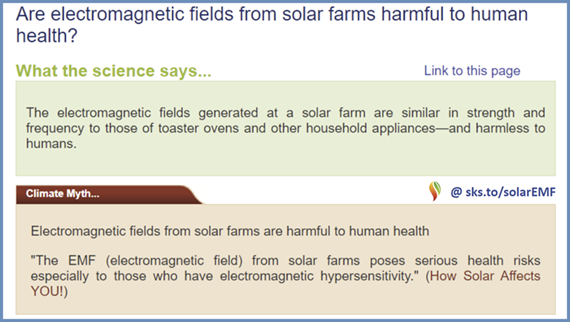Processes, Vol. 11, Pages 1743: System Design and Mechanism Study of Ultrasonic-Assisted Electrochemical Grinding for Hard and Tough Materials
Processes doi: 10.3390/pr11061743
Authors: Chen Hu Yongwei Zhu
In this study, an ultrasonic-assisted electrochemical grinding (UAECG) system was designed to improve the low efficiency and tool wear in conventional grinding of hard and tough materials. In this system, multiple-field energy consisting of ultrasonic, electrochemical and mechanical grinding was used. The processing mechanism was investigated to determine the interaction mechanism between ultrasonic, grinding and electrochemical processing. The established theoretical model showed that the processing efficiency was affected by the ultrasonic amplitude, ultrasonic frequency, electrolyte conductivity and other parameters. In verifying the feasibility of UAECG machining and the effect of machining elements on machining, a series of corresponding machining experiments was conducted. Experiments showed that the machining efficiency can be improved by machining through the UAECG system. The material removal rate of W18Cr4V machining was 2.7 times higher than that of conventional grinding and 1.7 times higher than UAG. The processing efficiency of YT15 was increased by 3.2 times when the processing voltage increased from 2 to 6 V. The surface shape and roughness were also affected by these parameters. The surface roughness of the SiCp/Al workpiece reached the best level at 4 V as the machining voltage increased from 2 to 6 V. However, the surface roughness increased significantly when the voltage increased to 6 V. Thus, parameters such as machining voltage must be optimised for efficient and precise machining in practice.

 1 year ago
31
1 year ago
31

